Net Worth
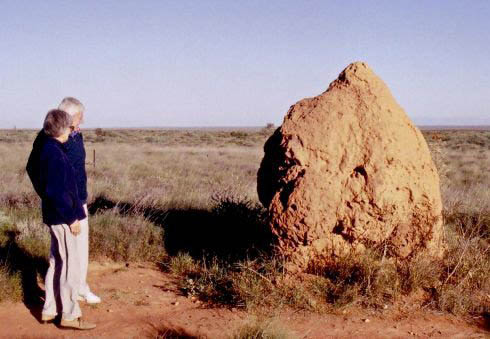
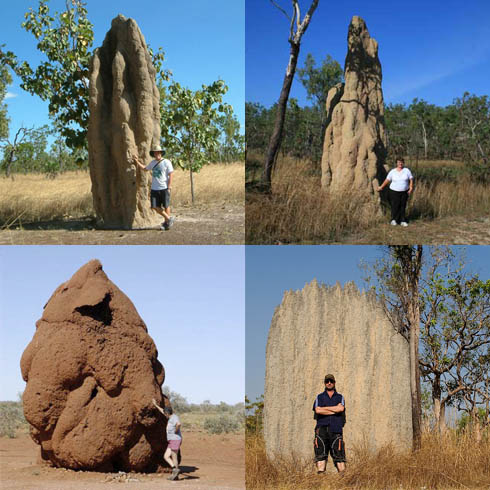
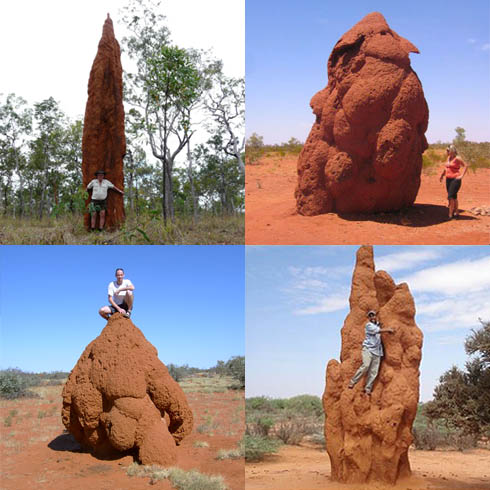
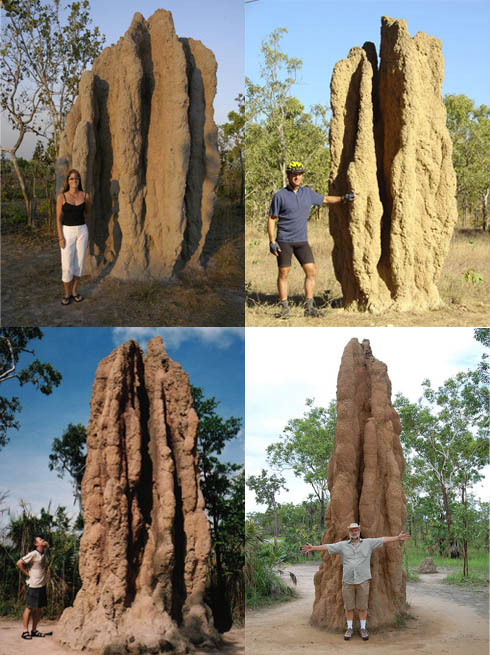
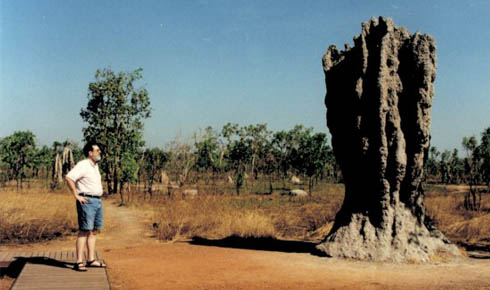
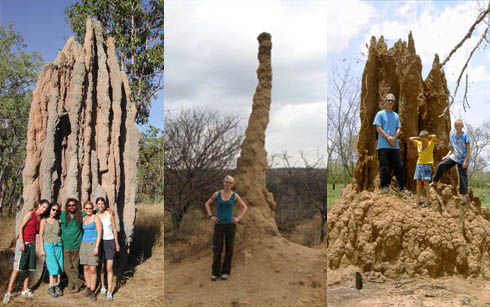
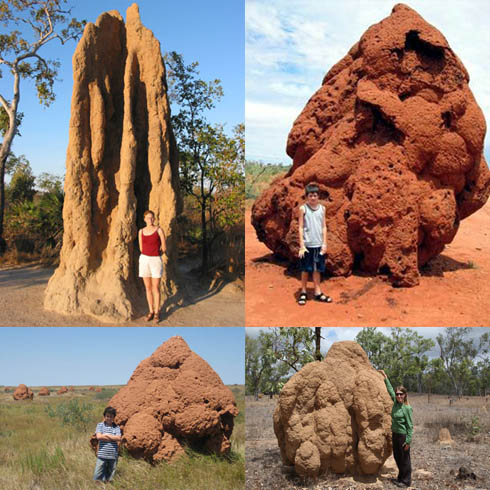
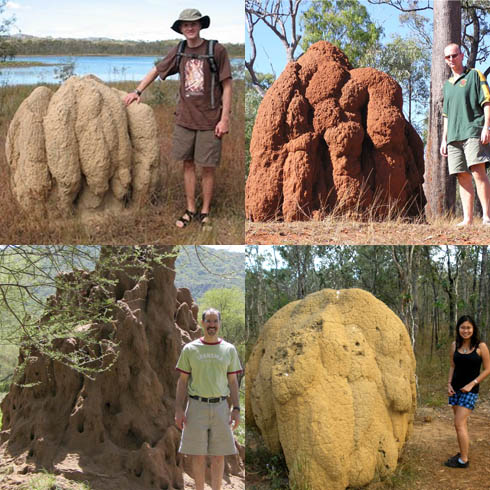 Text: Millie Stein Images: Mary MacDougall
Text: Millie Stein Images: Mary MacDougall
Last year, Mary MacDougall wrote a letter to some friends participating in a show (titled ‘Friends’) at TCB Art Inc in Melbourne.
“When artists… look for repetition and contrast in their search for satisfying visual equations, they often create their own rules of logic,” she told them. “The array of information they examine to test these rules spans images, objects, living things and spaces — everything.”
When she is not painting and, also, when she’s painting, Mary tries to conceive of the Internet. She does this by collecting images of an appealing subject – Jack Nicholson, Silvio Berlusconi, people with termite mounds – which then form an archive that she draws from in her work. It is an almost scientific approach, to make sense of an expanse of information by grouping and representing one’s findings.
If it is possible for the Internet to ‘concede,’ Mary shows us how that might look. She takes images that, although technically ‘real’ in the sense that they exist, are abstract and baseless in their online state. She bends them according to the private rhythm of her paints and tiles and glass, making them real in the true sense by giving them life.
Mary’s archive and artwork stand as proof that, within the nonsensical a-morph of Web 2.0, there is not just personal logic but creative possibility to be found.
Millie Stein: Can you tell me what you’re working on at the moment? I know you were big into Julian Assange/Wikileaks a while ago.
Mary Macdougall: At the moment I’m working on lots of different drawings and paintings on tiles, glass and board. I take a lot of images from the Internet and try to thoughtfully transform them. I’ve been keeping a picture archive of images from the news called Picture Mound. I hope to make some work from it soon.
I am thinking of painting Silvio Berlusconi. I like that he is widely recognizable, despite frequently altering his face, and there are some very theatrical photographs of him in parliament anxiously watching the votes of no-confidence tally up against him.
I don’t have any plans to do paintings of Julian Assange. I was working in an office over summer so I had a lot of time to read about the various positions and responses to Wikileaks. I had wikifever for a while, just thinking about how information can now be extracted and distributed so quickly and to so many people.
MS: How do you feel that the Internet fits in with the process of making images in art?
MM: I’ve been wondering how the Internet might be represented visually for a while. Lately I’ve been thinking about the ways it is similar to the ocean and about the proliferation of celebrities floating around on there. I did a Google search for ‘actor in the ocean’ the other day and found some amazing paparazzi photos of Jack Nicholson floating way out in the sea while smoking a cigarette. They were the pictures I was looking for and I didn’t even know it!
I’ve also wondered if [the Internet] could be portrayed as a mound, so I searched for ‘mounds’ and found lots of amateur snapshots of people with termite mounds. There were so many I made an archive. Internet archives are pretty great. A lot of pictures don’t get transformed into photographic objects anymore. They just live a sort of disembodied existence on the Internet. It’s good to house them on a blog.
MS: What is the appeal of termite mounds, outside of their potential to symbolize the online ‘mound’?
MM: I love the way odd forms can be effectively conveyed in a flat image, like a photograph on a screen. I think the presence of people in these images is key as they allow the viewer to make comparisons of form and scale. Also, I love painters like Henri Rousseau and David Hockney who actively collage people and objects in their work. These images remind me of their paintings because the people appear like they have almost been pasted in on top of the picture.
I recently discovered that scientists are studying the interiors of termite mounds because they’re serious feats of engineering. The walls are porous and they regulate the exchange of heat and air, which enables the termites to cultivate fungi gardens that transform wood into digestible food. It’s nice to imagine termites gardening. It could be a good subject for an animation.
MS: I know that you never paint on canvas. Why tiles, glass and board? What is appealing about these materials, which are not made for the express purpose of holding paint?
MM: I don’t have anything against canvas, but I do get a bit thrown by the bounce it has physically. I prefer board because it doesn’t move about when you poke it. I started using glass because I didn’t want to paint backgrounds. Also, the process of reverse glass painting appealed to me because I had to work in the opposite way to which I was trained. I started thinking about the images in terms of layers. I was like a poor man’s Photoshop, trying things out then wiping them off.
At the moment I’m really interested in tiles because they are both fragile and durable. I would like to exhibit my work outside and on objects and in bathrooms. I like how you can’t really predict how ceramic paint is going to look until you fire it. I really need to do more tile painting because I’m quite bad at it! I suppose that while tiles and board and glass haven’t been made for the express purpose of painting, they all have rich painting traditions that go back centuries.
MS: Would you agree that the commonly held view of straight-out painting is that it’s a ‘traditional’ art form?
MM: Yes, painting is a traditional art form – but given we’re living in an image-saturated culture and painters make images, I think it is still very relevant. The nice thing about painting is that painters can embrace, ignore or subvert cameras and digital tools. It is hard to be visually original in any art form. In painting, it can be daunting to take a position because there have already been so many!
MS: How important is originality?
MM: Originality isn’t the most important thing, but I’ve always been into the really idiosyncratic artists. I like the iconoclasts who made some kind of abstract leap in terms of art making.
Next story: Future Primitve – Mark Rodda



